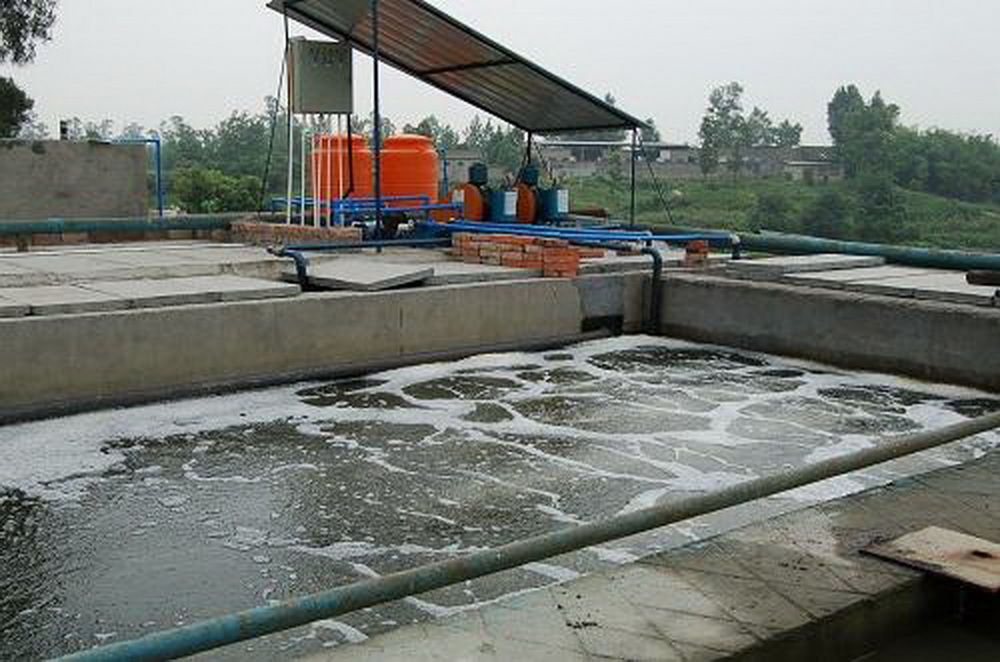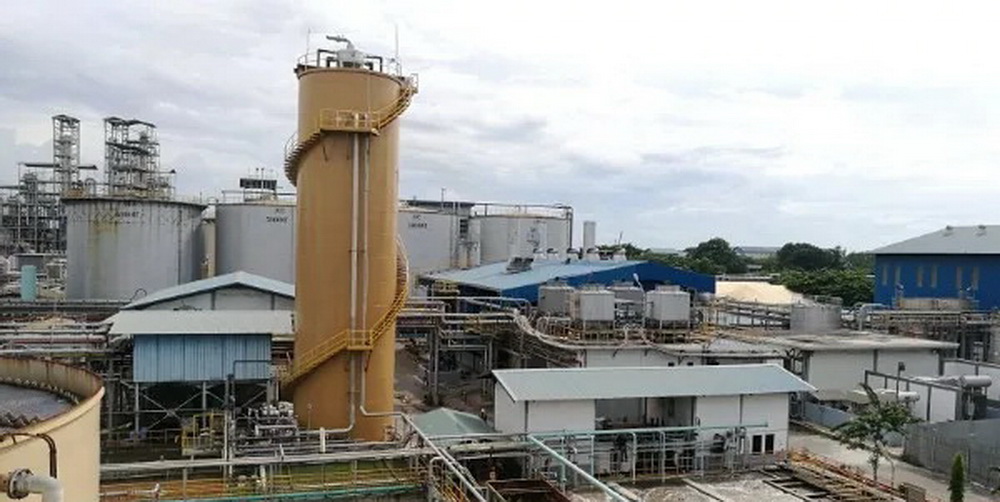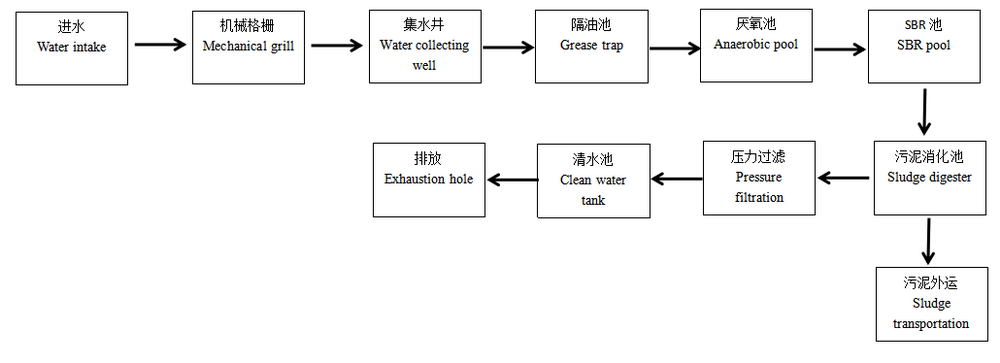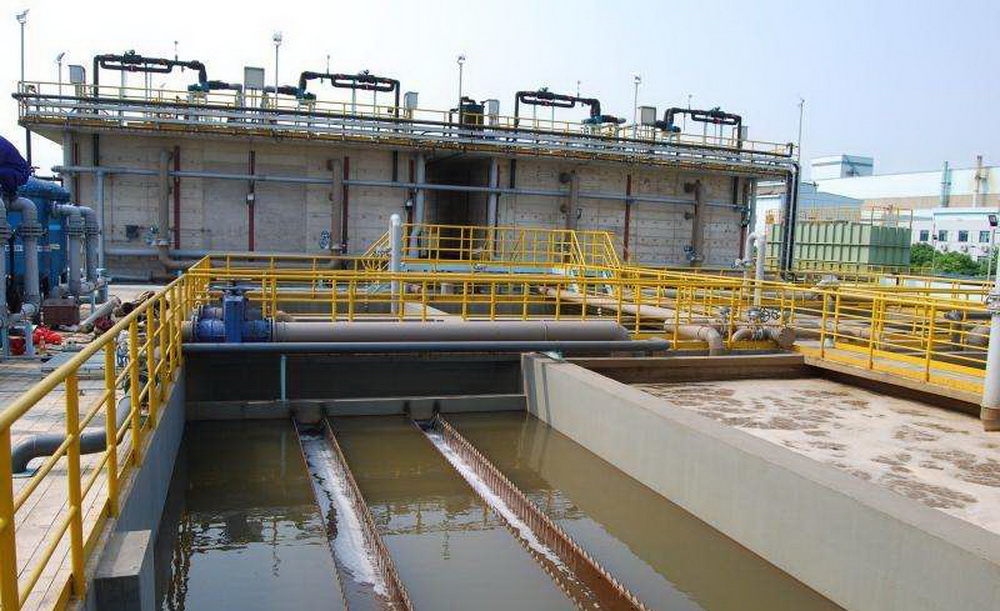E-mail: zqdicheng@chinadicheng.com
Oil wastewater is a kind of industrial wastewater which is difficult to treat. It has high biodegradability and is easy to be treated by anaerobic organism. Today, we will learn about the treatment of oily wastewater.

Case
The first phase project of an oil chemical plant in Dalian mainly includes a 30,000 t/a soap project and a few small daily chemical products such as soap and tableware detergent. The wastewater discharged from this plant contains high concentration of organic matter and has general biodegradability. Because of the intermittent discharge of wastewater from each workshop, the water quality and quantity fluctuate greatly, so the anaerobic-batch activated sludge process (SBR) is adopted. After commissioning and operation, the sewage station has maintained an ideal treatment effect.

1. Wastewater quality
The actual average water intake of the sewage station is about 400 m3/d, COD is 2,700 mg/L, SS is 582 mg/L, oil is 220 mg/L, pH value is 9-13.5, and wastewater containing anionic detergent is discharged from time to time. After treatment, the effluent quality reached the following standards: COD < 100mg/L, BOD5 < 30mg/L, pH value 6-9, SS < 70mg/L, NH3-N < 15mg/L, animal and vegetable oil < 3mg/L.
2. Treatment process
The process flow of wastewater treatment is shown in Fig. 1.

Anaerobic-batch activated sludge process (SBR process)
3. Operation effect
The results are shown in Table 1.
Table 1 Treatment effect of anaerobic-batch activated sludge process (SBR)
项目 Project | 处理前 Before processing | 处理后 After treatment | 去除率 Removal rate |
COD (mg/L) | 650-4,365 | 63-97 | 90.4-98.8 |
SS (mg/L) | 182-2,255 | 25-35 | 98.5-86.3 |
动植物油 Animal and vegetable oils (mg/L) | 23-185 | 1.1-3.0 | 95.2-98.4 |
During the operation, a large number of bubbles appeared on the surface of the SBR pool, and the foam was mainly composed of aged micelles and polysaccharides (which contained no oil). Hydraulic defoaming effect is not ideal, but a small amount of isoamyl alcohol can achieve better defoaming effect. A large number of bubbles were caused by the failure to timely discharge the aged sludge, and the problem was solved by adjusting the frequency of sludge discharge and sludge discharge.
After the anaerobic tank was put into operation, due to the unsatisfactory oil separation effect, a layer of oil film was formed on the surface and gradually thickened. The oil film surface was denser. After one month, the oil film thickness reached 0.5-0.7m. Since the bottom of the oil film contacted with the water of the anaerobic tank, anaerobic microorganisms could partially degrade the oil film, and the thickness of the oil film would not increase any more. Oil film formation could play a role of insulation and isolation of oxygen. The function of inhibiting odor emission.
4. Economic and Technological Analysis

Operation cost: The installed capacity of the wastewater station is 150 kW, the operation capacity is about 75 kW, the power consumption is about 300 kW H / d, the equivalent electricity consumption per ton of water is about 0.38 yuan / m3, the labor cost is 0.15 yuan / m3, and the direct operation cost of wastewater treatment is about 0.53 yuan / m3.
Copyright © Shandong Dacheng Machinery Technology Co., Ltd All Rights Reserved | Sitemap | Powered by 